Posts by KCAS Bio
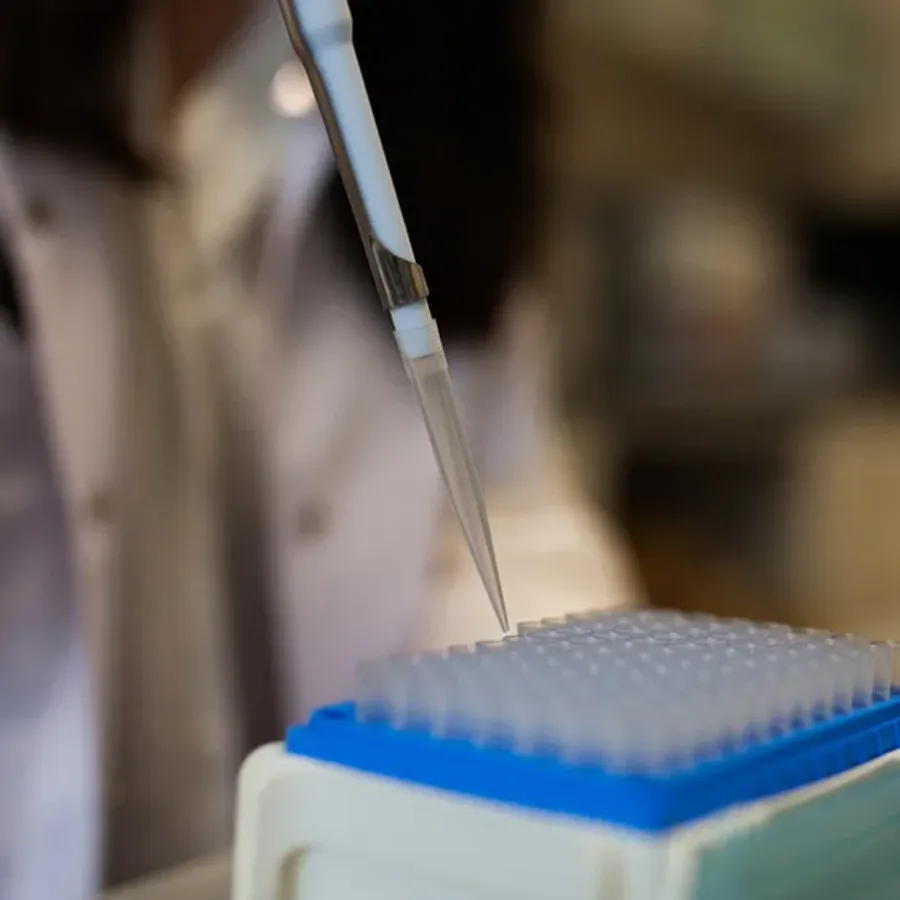 Blogs
Blogs
Toxicology screening is essential to any preclinical study, and flow cytometry-based toxicology assays are a fast and practical approach. Different animal models are used for toxicology studies, including rodents, dogs and non-human primates. One commonly used technique is the micronucleated erythrocyte endpoint assay, which measures DNA damage induced by exposure to experimental drugs or biologics. This method has been adapted into a validated flow cytometry-based assay and can use erythrocytes from different species. Consider these factors when selecting the best toxicology screening method.
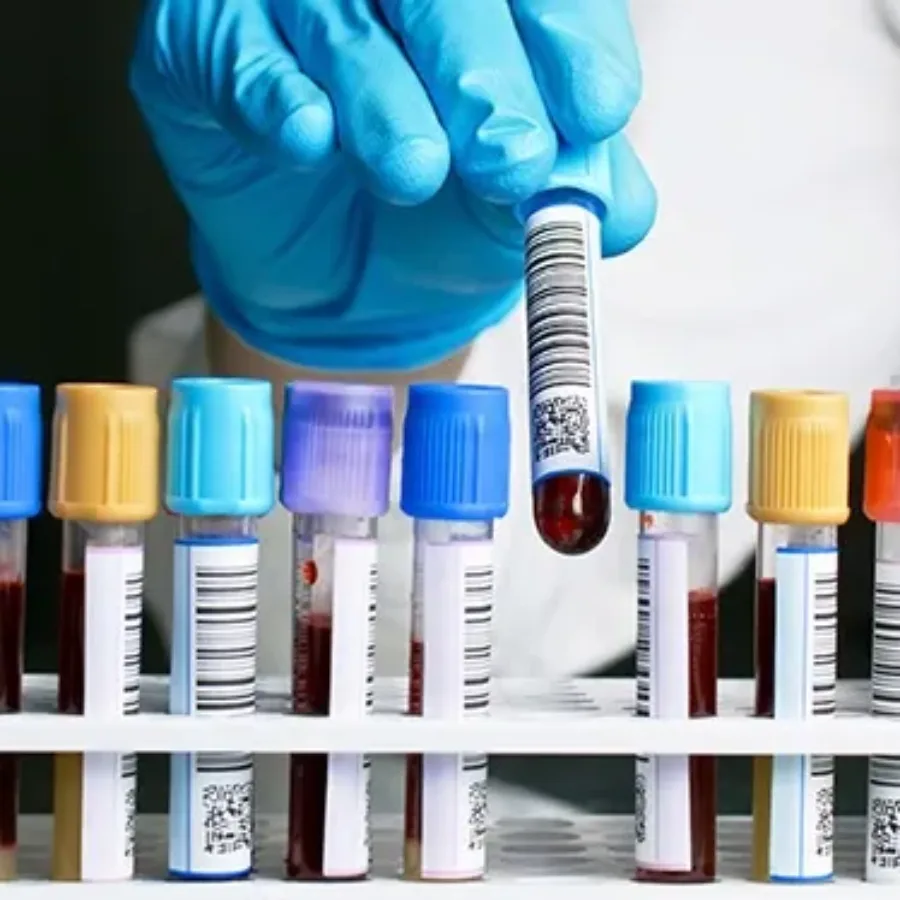 Blogs
Blogs
Flow cytometry has been developed and used as a clinical tool since the invention of the first cytometers in the 1970s. At present, flow cytometry is considered essential for many routine clinical diagnostics, including assays for leukemia and lymphoma, stem cell enumeration, solid organ transplantation, HIV infection status, immunodeficiencies, and hematologic abnormalities. Many scientists involved in clinical trials or drug development are faced with developing clinical flow cytometry assays for multiple phases of clinical development. If you find yourself starting to plan a clinical flow cytometry assay, here are the top 3 issues to think about as you plan your experiment.
 Blogs
Blogs
Many scientists performing preclinical and clinical research hit a point when they need to have an assay validated. You may have painstakingly developed and perfected a particular assay, but now you must put it through the rigors of validation for it to be considered a “validated assay.” The basic principles of assay validation were described in an earlier blog post, but how do you know you if you need an assay validated? Use these questions as a guide to help you figure out your validation situation and get a little less vexed about validation.
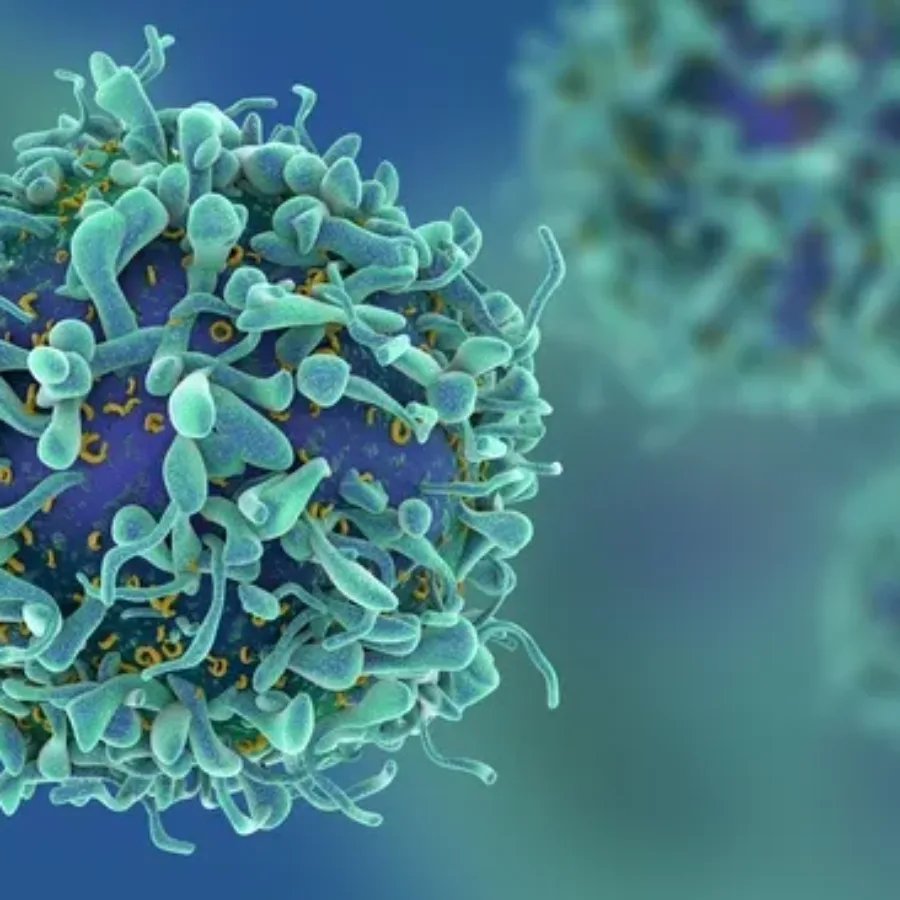 Blogs
Blogs
Many basic and clinical immunology studies that focus on T cells include proliferation assays in order to determine if T cells are capable of proliferating under different in vitro or in vivo conditions. Flow cytometry is the ideal approach for measuring T cell proliferation and a suite of staining products…
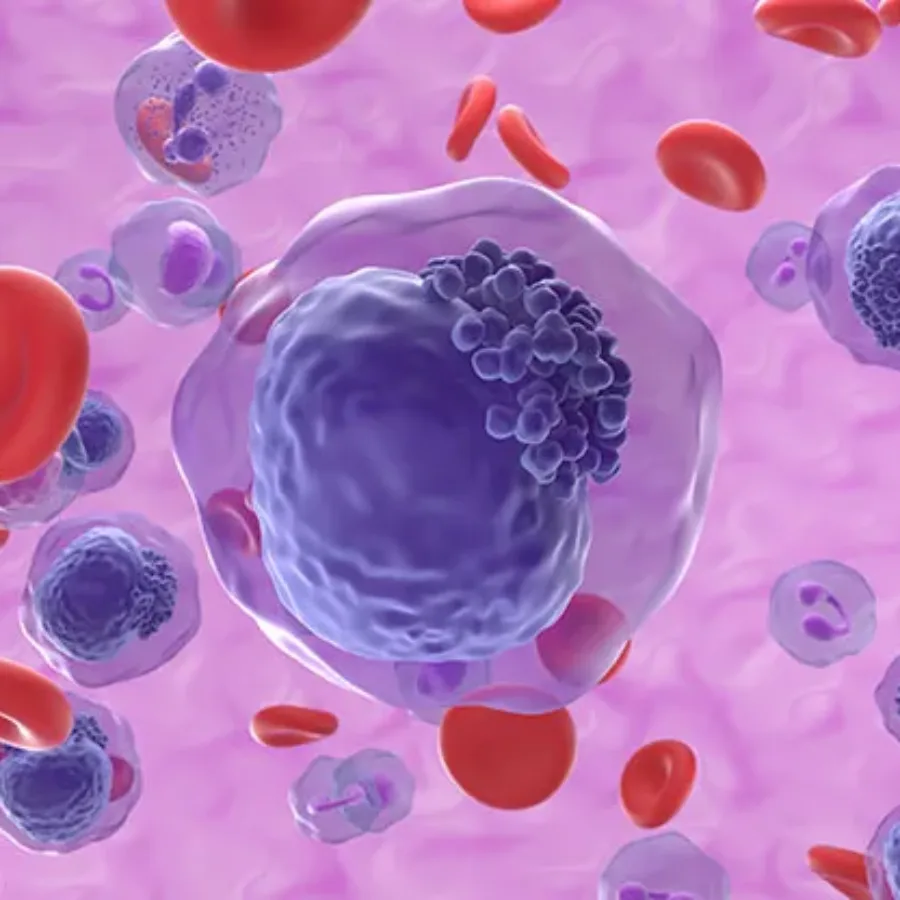 Blogs
Blogs
Anyone who starts an investigation of acute myeloid leukemia (AML) soon finds out the complexity of this disease. Although daunting initially, it soon becomes apparent the need for complex classifications for AML subtypes and different mechanisms for formation. AML forms from a wide variety of DNA mutations leading to numerous phenotypic changes in the blood makeup. Early on there were the French-American-British classifications in the 1970s (FAB) but in present day, AML type is being broken down to genetic markers. For the most part, this is due to the advancement of scientific-technical capability. Conversely, being able to clearly define AML by mechanistic function, allows for clinicians to state, with some certainty, treatment and survival options for their patients.
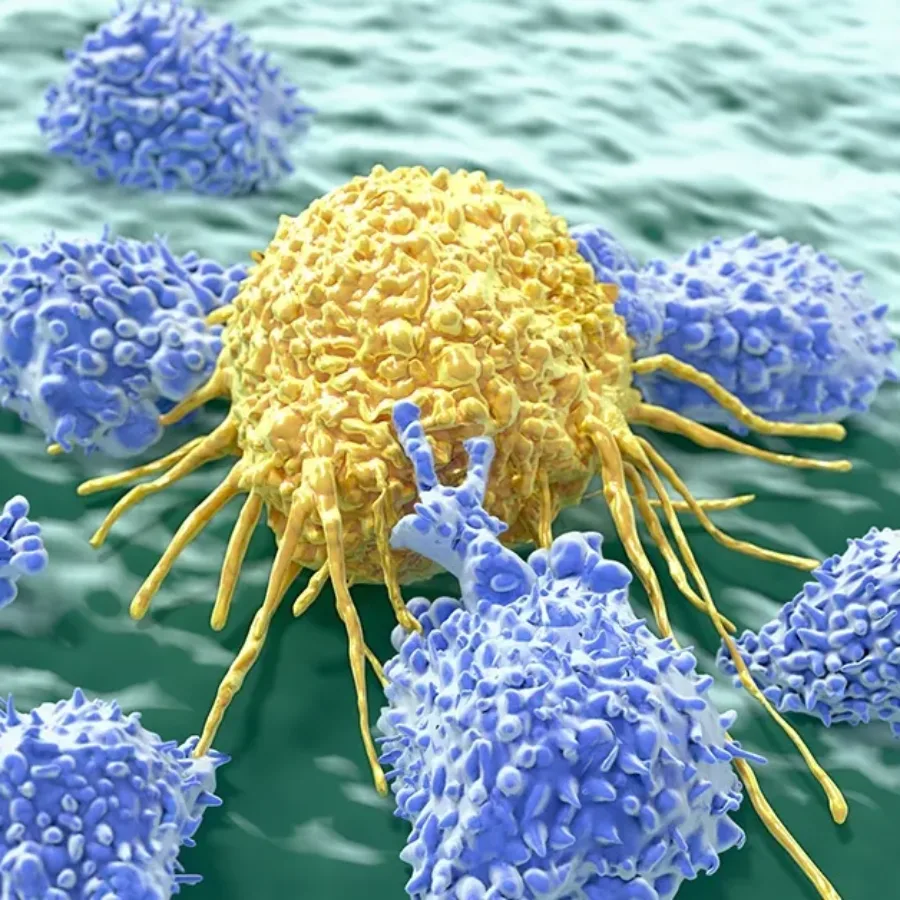 Blogs
Blogs
Tumor-infiltrating lymphocytes (TILs) are now understood to be key players in anti-tumor responses. These cells are found in solid tumors such as those observed in breast cancer, ovarian cancer, melanoma, and lung cancer. TILs have now been harnessed to treat cancer through adoptive cell therapy protocols. As TILs are a major area of focus for both basic and clinical research, flow cytometry applications for identifying and characterizing TILs are increasingly important. Consider these key points if you are pursuing TIL research and plan to use flow cytometry.
 Blogs
Blogs
Flow cytometry is an elegant and powerful tool that has been critical to understanding the immune system and advancing the development of immune-based therapies. Critical to many studies, and essential for FDA filings, is the development and documentation of a validated assay. While most flow cytometric assays fall into the “quasi-quantitative” category according to FDA guidelines, there are some assays that can be quantitative and even qualitative.
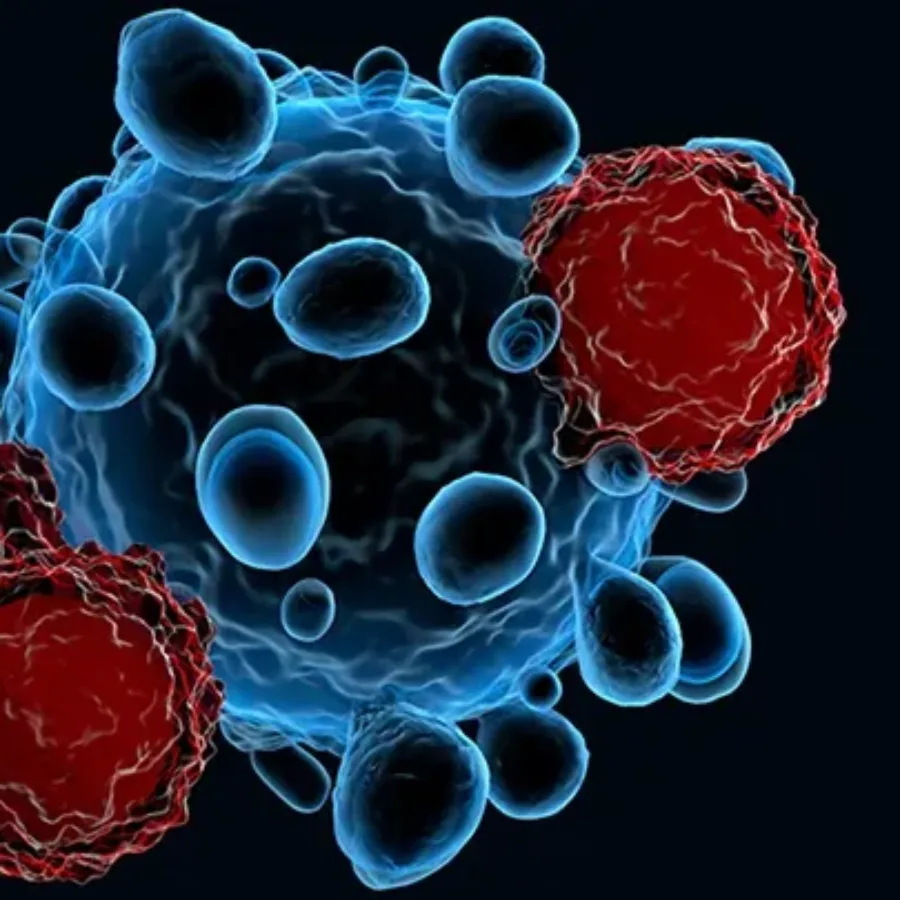 Blogs
Blogs
T cells are well known for their roles in combating cancer and infection, but chronic exposure to antigens and inflammation can cause T cells to enter a state of “exhaustion[1].” Exhausted T cells lose critical effector functions including cytokine production, the ability to proliferate and memory T cell differentiation is also compromised. Exhausted T cells also express inhibitory receptors and become unresponsive to IL-7 and/or IL-15-driven self-renewal. This progression toward T cell exhaustion results in diminished control of chronic infection or cancer. Exhaustion can occur in both CD4+ and CD8+ T cell populations and the phenotypes of these subsets is somewhat heterogeneous. Nonetheless, T cell exhaustion is reversible and various immuno-oncology interventions have been examined or are currently being evaluated in order to improve outcomes in cancer and chronic infection[2].
 Blogs
Blogs
Fluorescence-activated cell sorting (FACS) is a powerful technique for obtaining a relatively pure cell population for downstream applications. This technique uses fluorescently labelled antibodies to stain cells that express specific markers, and these stained cells can be sorted into separate subsets using a cell sorter and can even be separated into individual cells. FACS is especially useful for gene expression analysis of individual cells or pure cell populations.
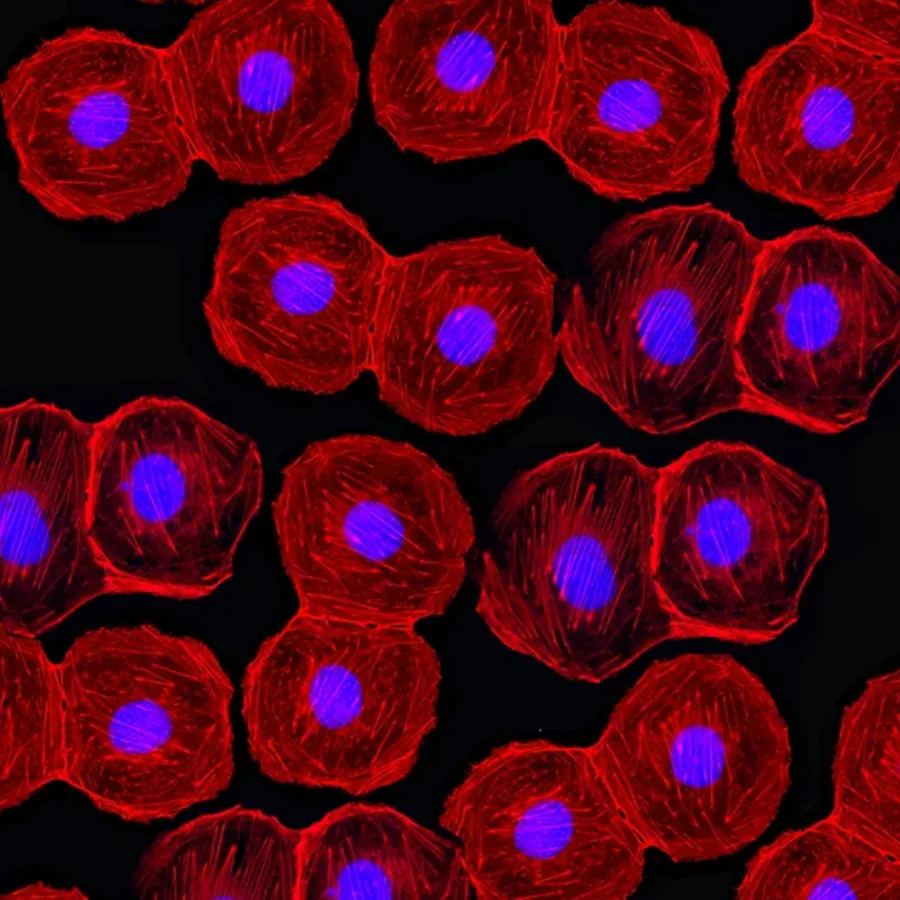 Blogs
Blogs
Fluorescent-Activated Cell Sorting (FACS) is a flow cytometry-based technique in which cells are stained with fluorescently labelled antibodies and sorted based on pre-defined staining parameters that are specific to different cell types. FACS users must consider multiple factors when designing and running a FACS experiment. Consider these three factors as you plan and carry out your next FACS experiment.
 Blogs
Blogs
The immune system is comprised of a multitude of unique cell subsets. Each cell type, from B and T cells, to macrophages, monocytes and dendritic cells, have been phenotypically subdivided into unique subsets as we learn more about the phenotypic signatures that define these cells. Flow cytometry has been the central tool in evaluating and defining cell subsets, and major advances in immunophenotyping have occurred recently as more parameters can be measured during a single run on newer flow cytometers.
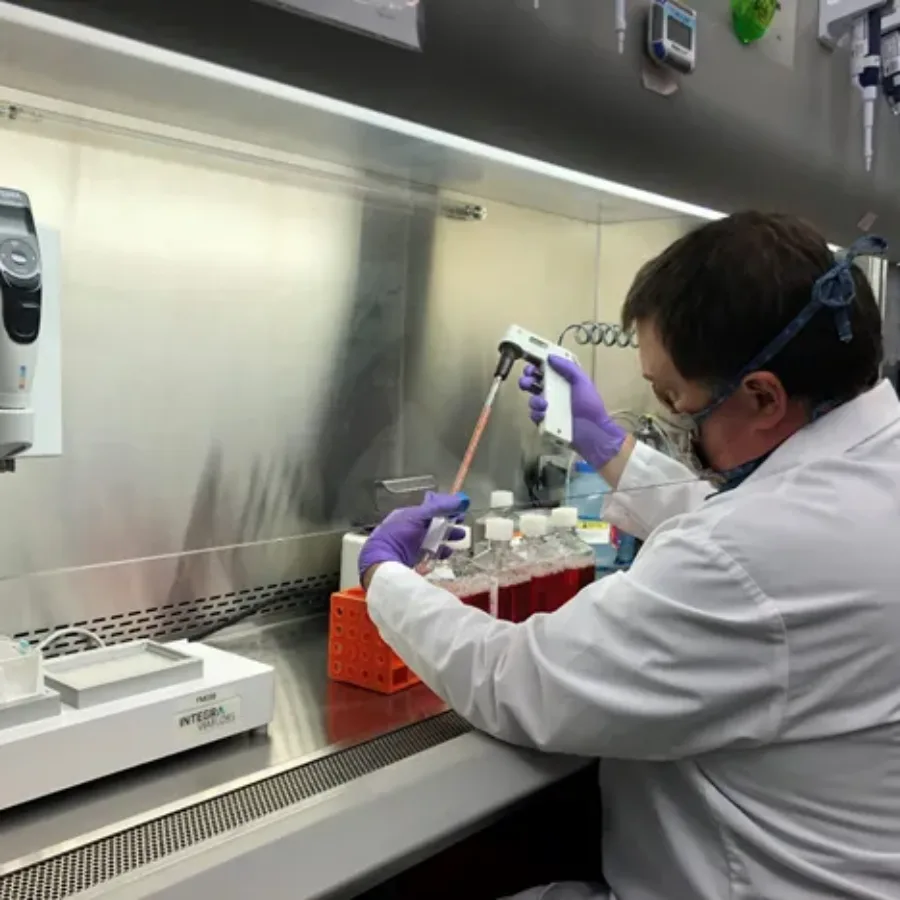 Blogs
Blogs
The idiom, garbage in, garbage out applies to many areas of scientific research, including flow cytometry. Good sample preparation is critical to accurate and sensitive cytometry analysis of cells, wherever their origin.